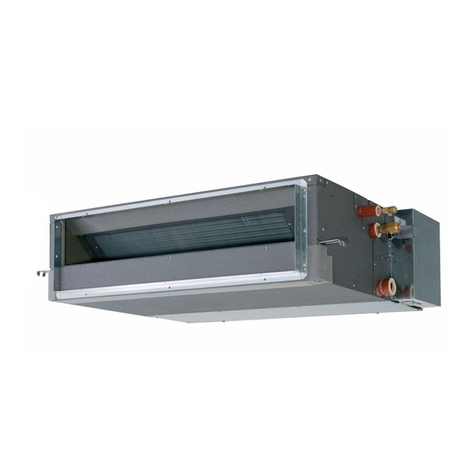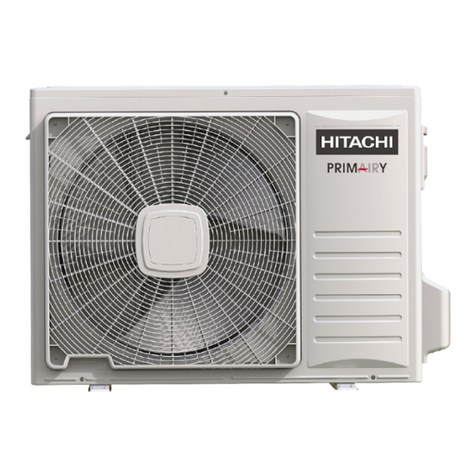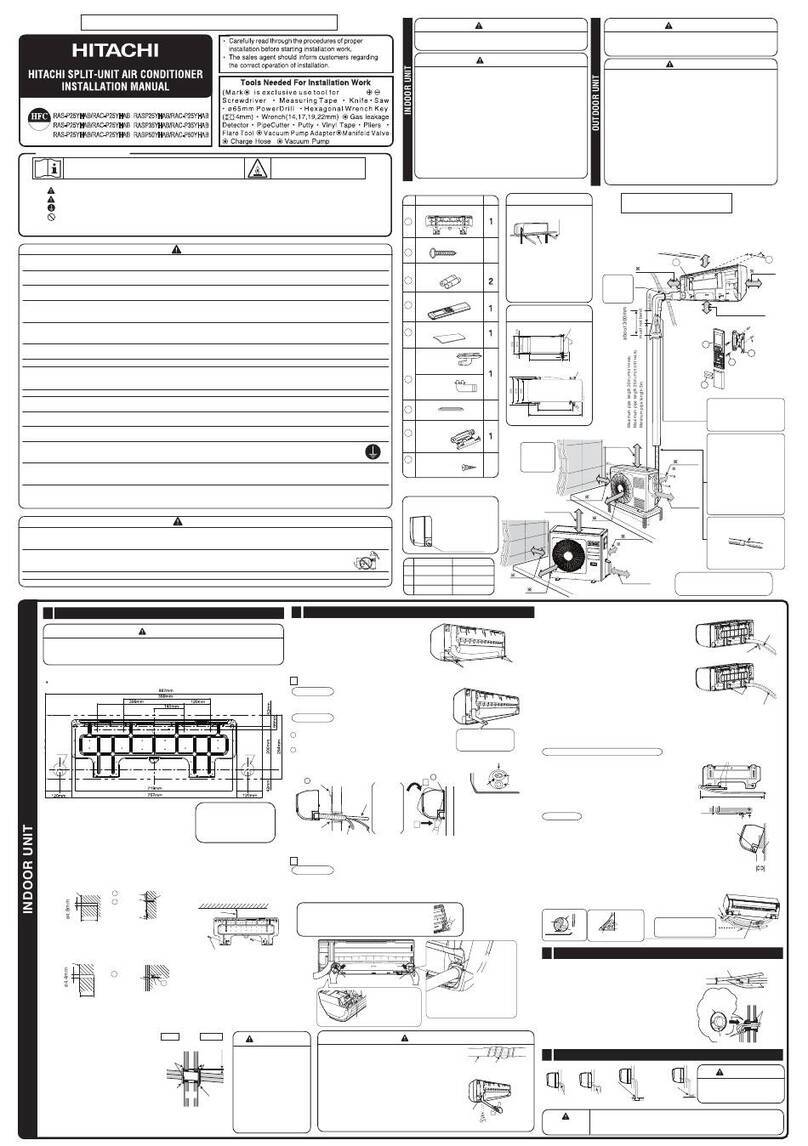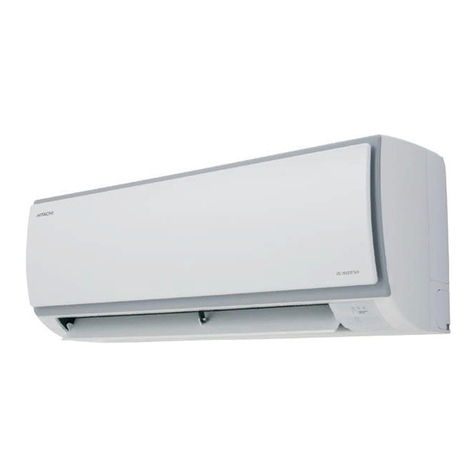Hitachi RAS-NP4US Manual
Other Hitachi Air Conditioner manuals
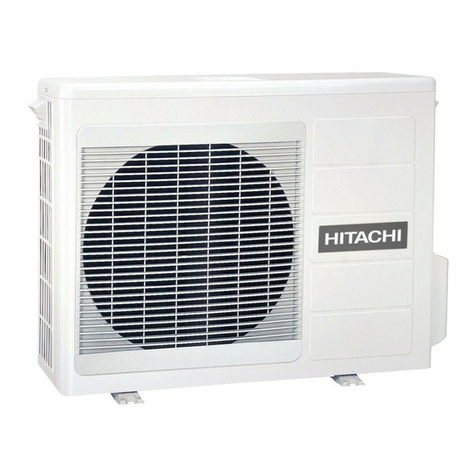
Hitachi
Hitachi RAM-40QH5 User manual
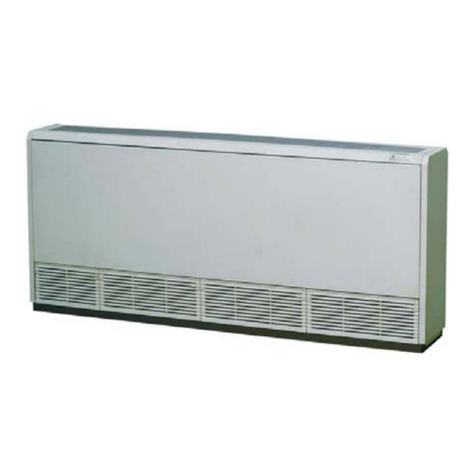
Hitachi
Hitachi RPF Series User manual
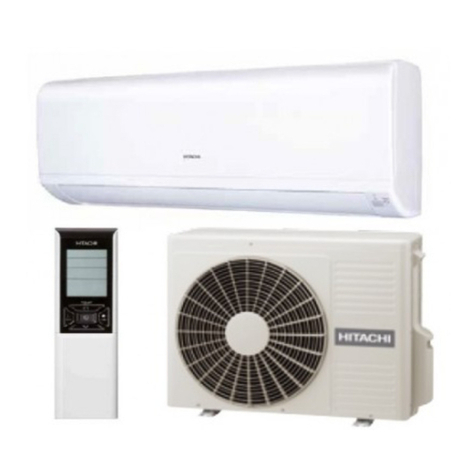
Hitachi
Hitachi RAC-18WPA User manual
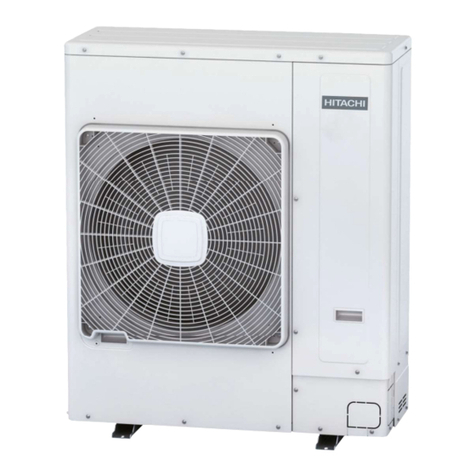
Hitachi
Hitachi UTOPIA RAS-4 Series User manual

Hitachi
Hitachi RAK-25NH6 User manual
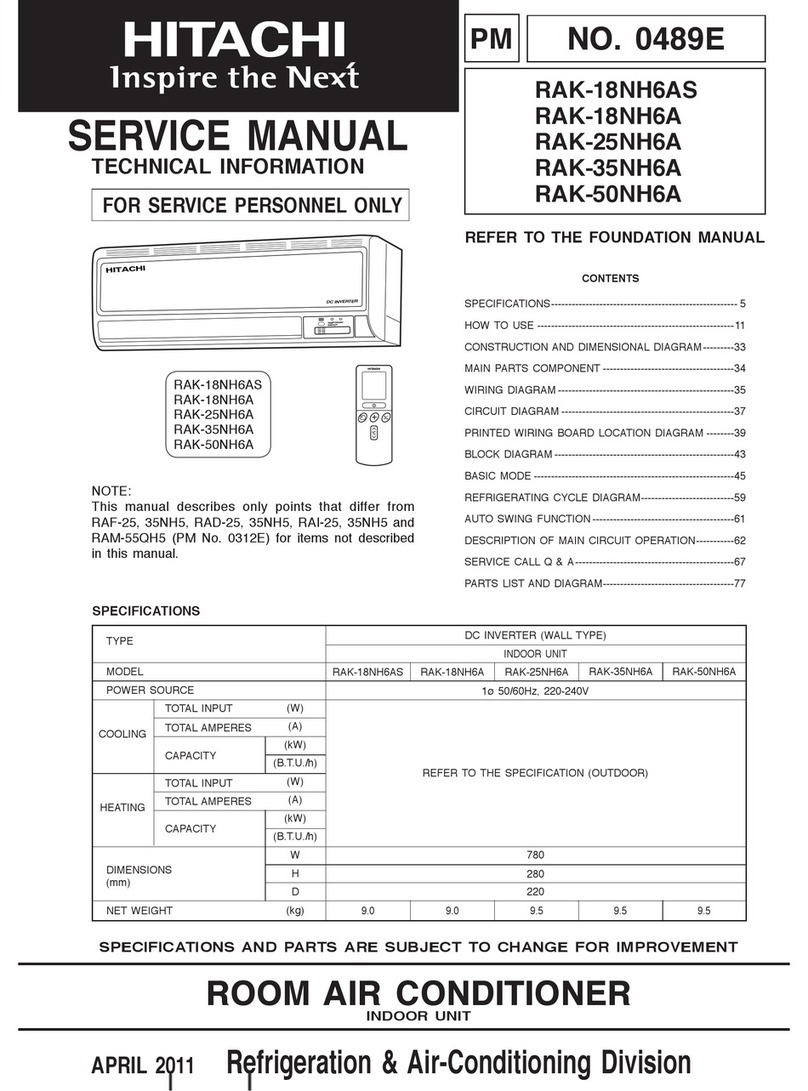
Hitachi
Hitachi RAK-18NH6AS User manual
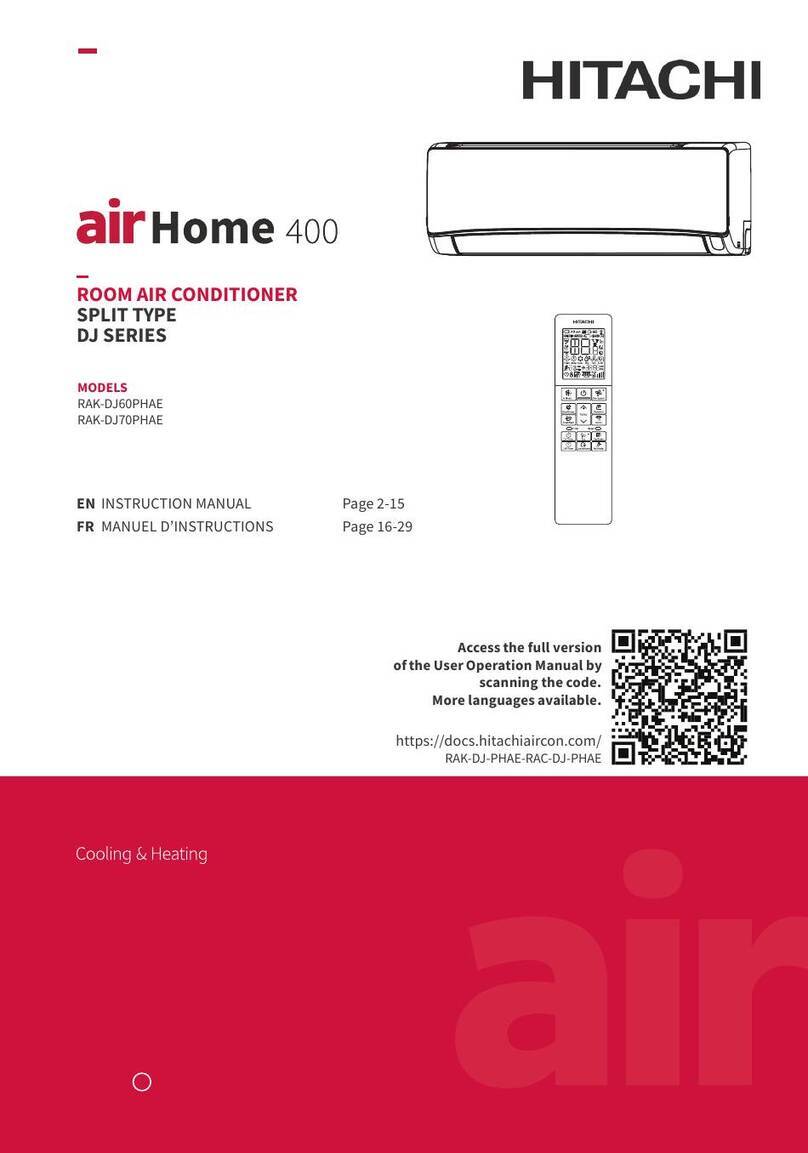
Hitachi
Hitachi air Home 400 RAK-DJ60PHAE User manual
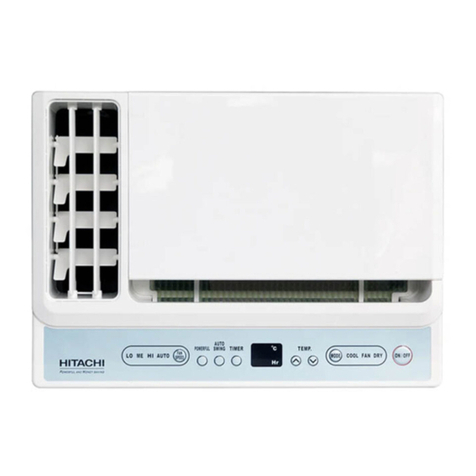
Hitachi
Hitachi RA-06SR User manual
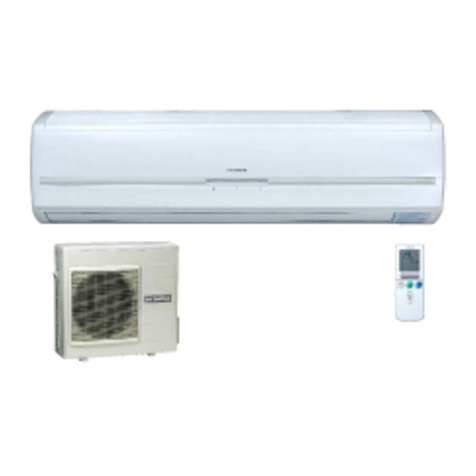
Hitachi
Hitachi RAC-60YH7 User manual
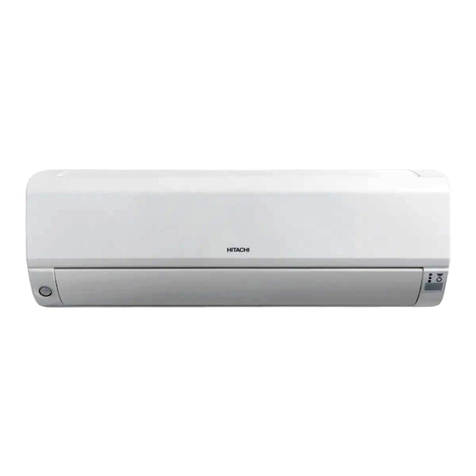
Hitachi
Hitachi RAK-15QPD User manual
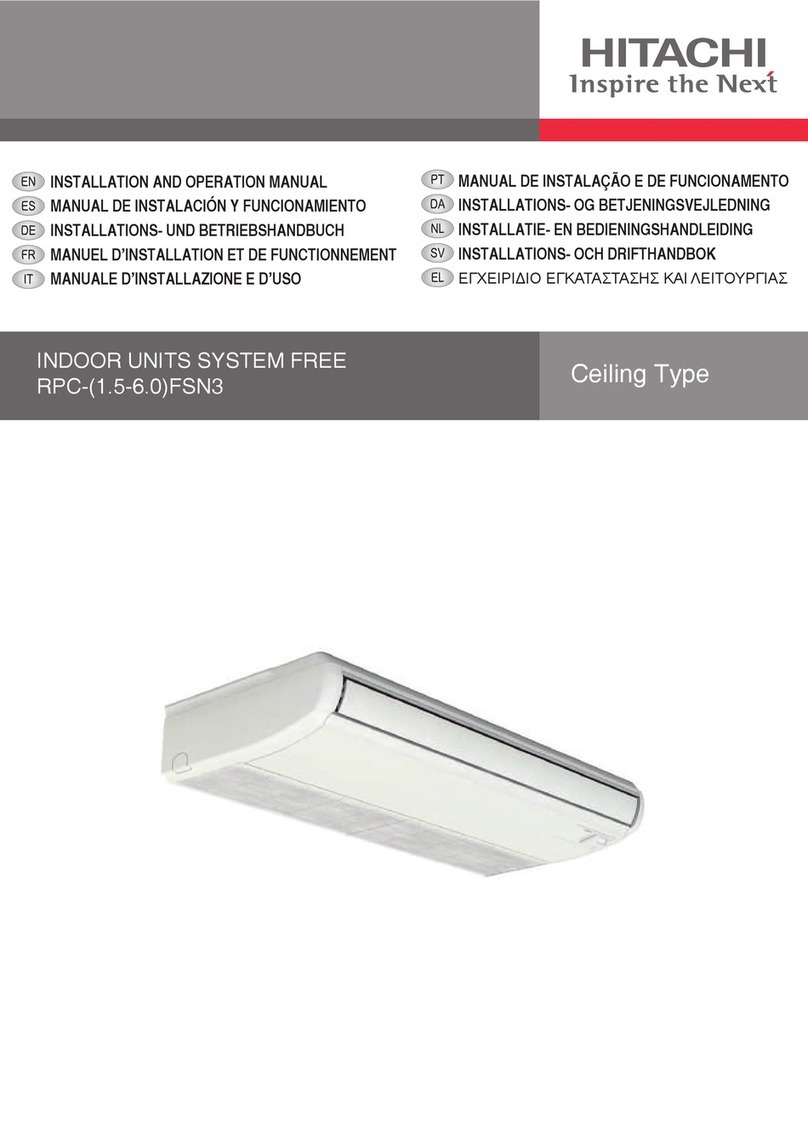
Hitachi
Hitachi RPC-(1.5-6.0)FSN3 User manual
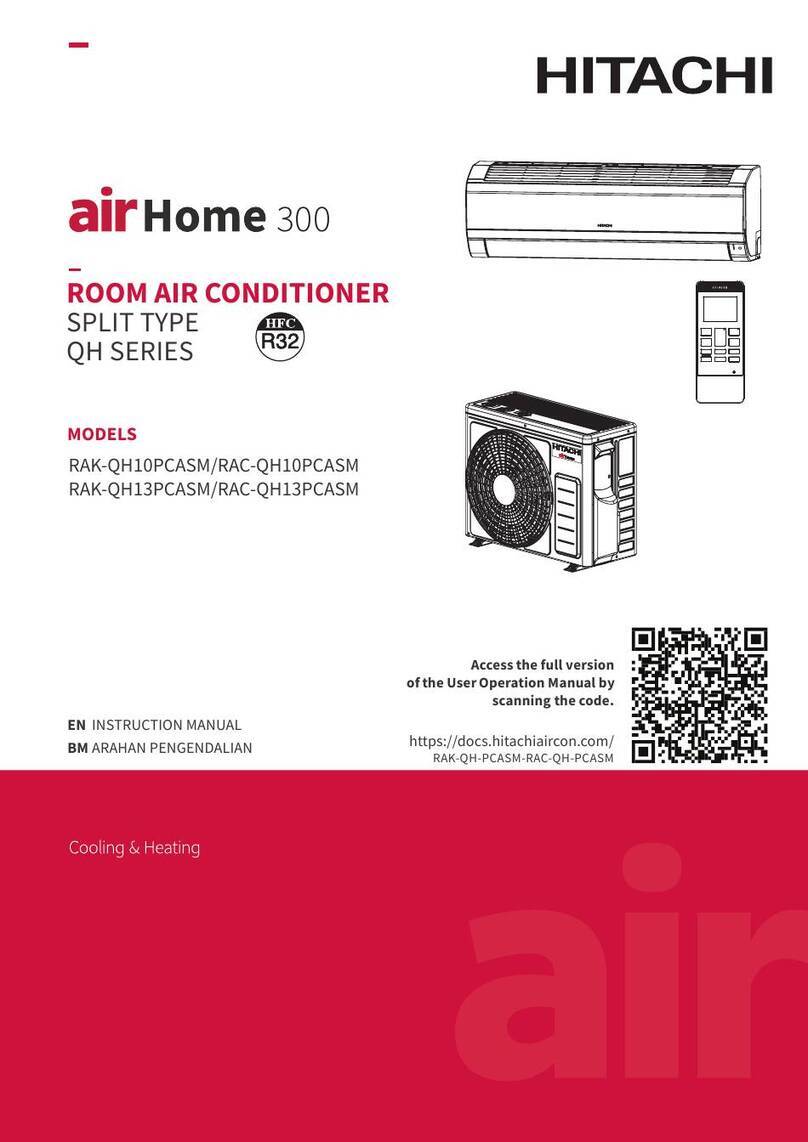
Hitachi
Hitachi airHome 300 QH Series User manual
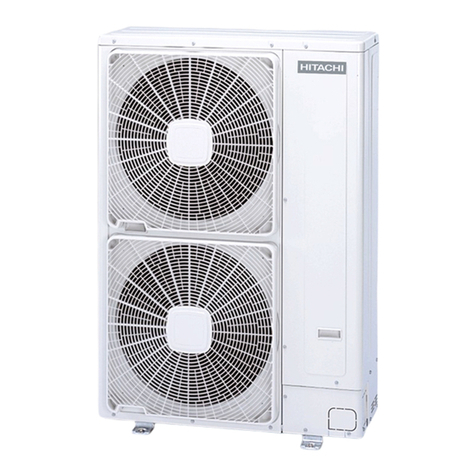
Hitachi
Hitachi RAS-(3-6)HVRNM2E User manual
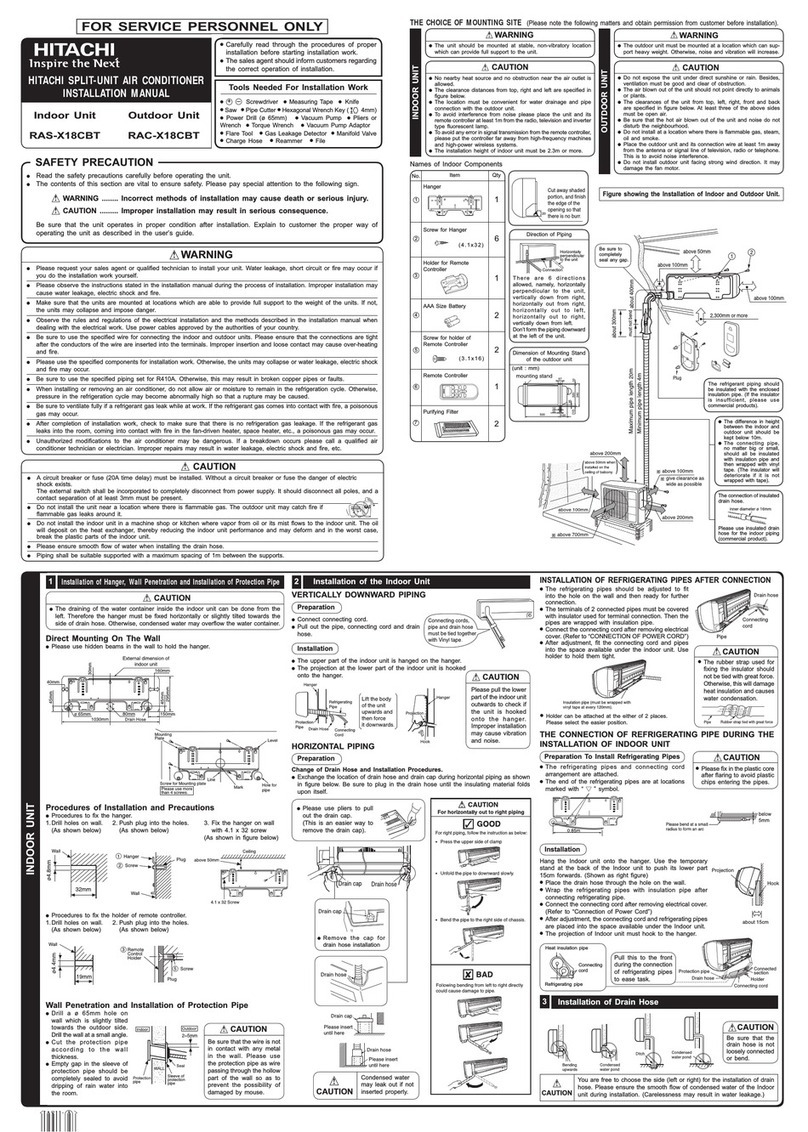
Hitachi
Hitachi RAS-X18CBT User manual
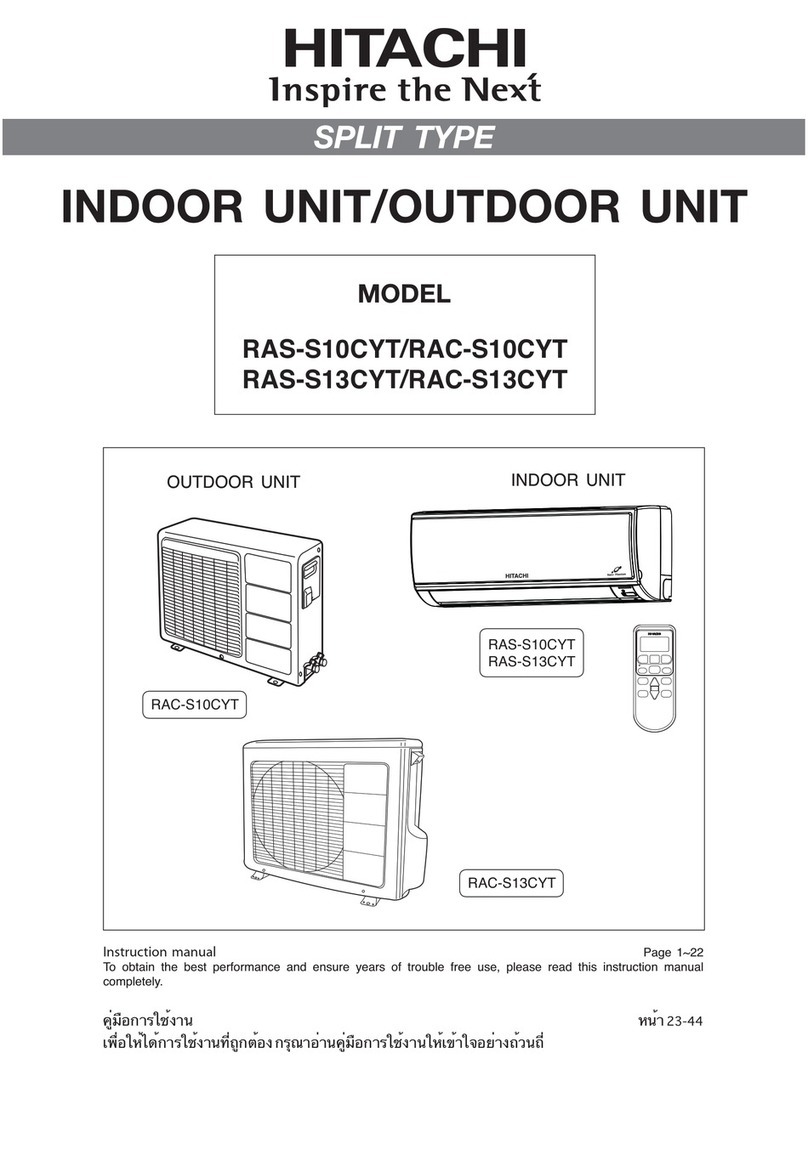
Hitachi
Hitachi RAS-S10CYT User manual

Hitachi
Hitachi PHKM050SAH1 User manual
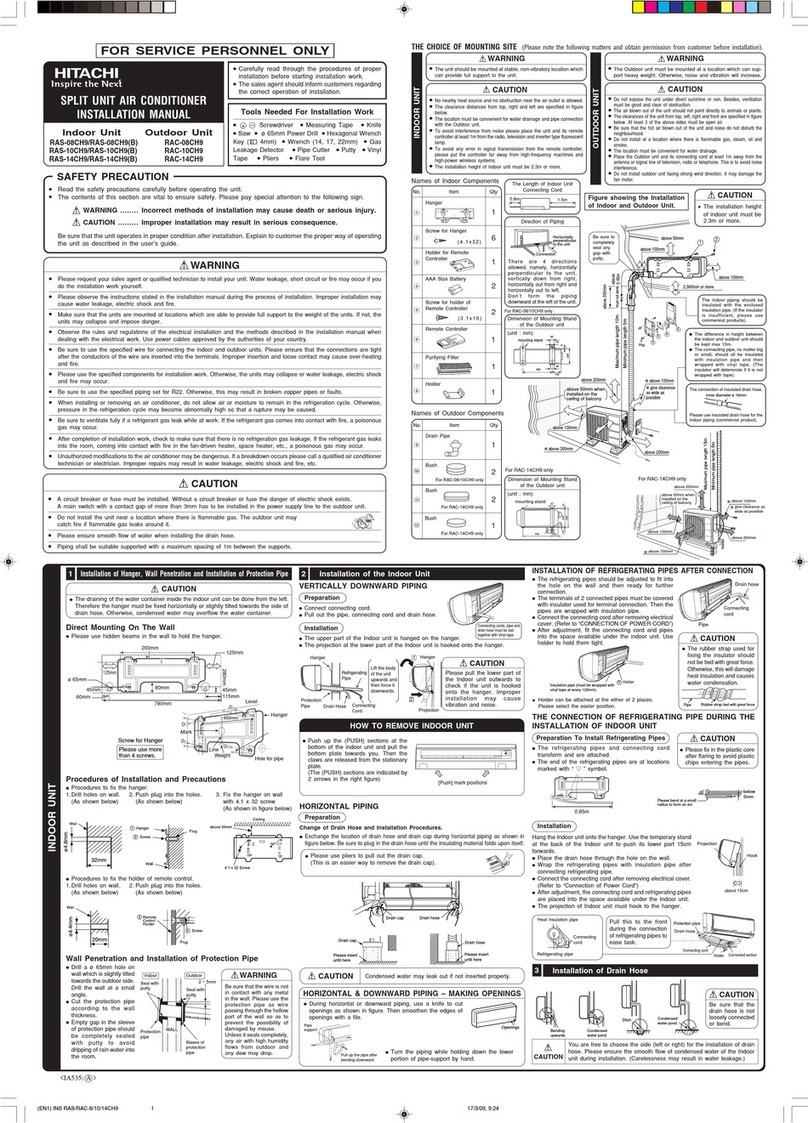
Hitachi
Hitachi RAS-08CH9 User manual
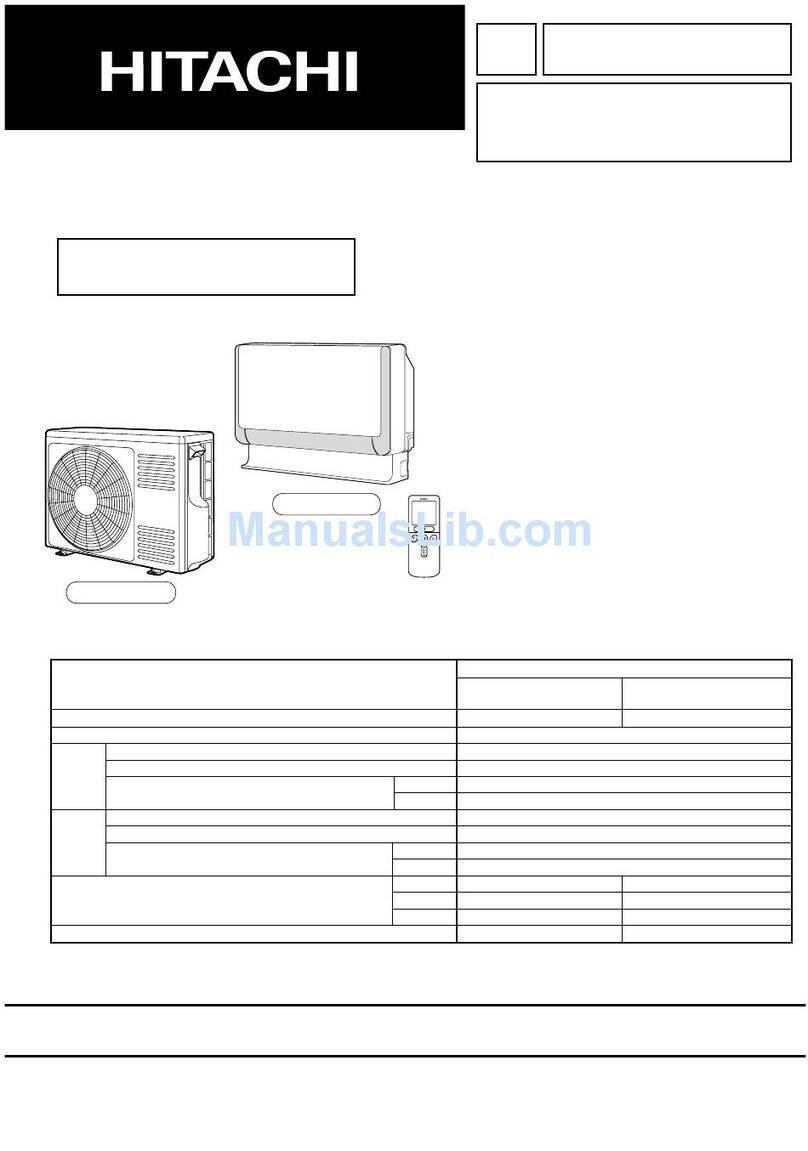
Hitachi
Hitachi RAF-50FX8 User manual

Hitachi
Hitachi RAS-ME09HX1 User manual
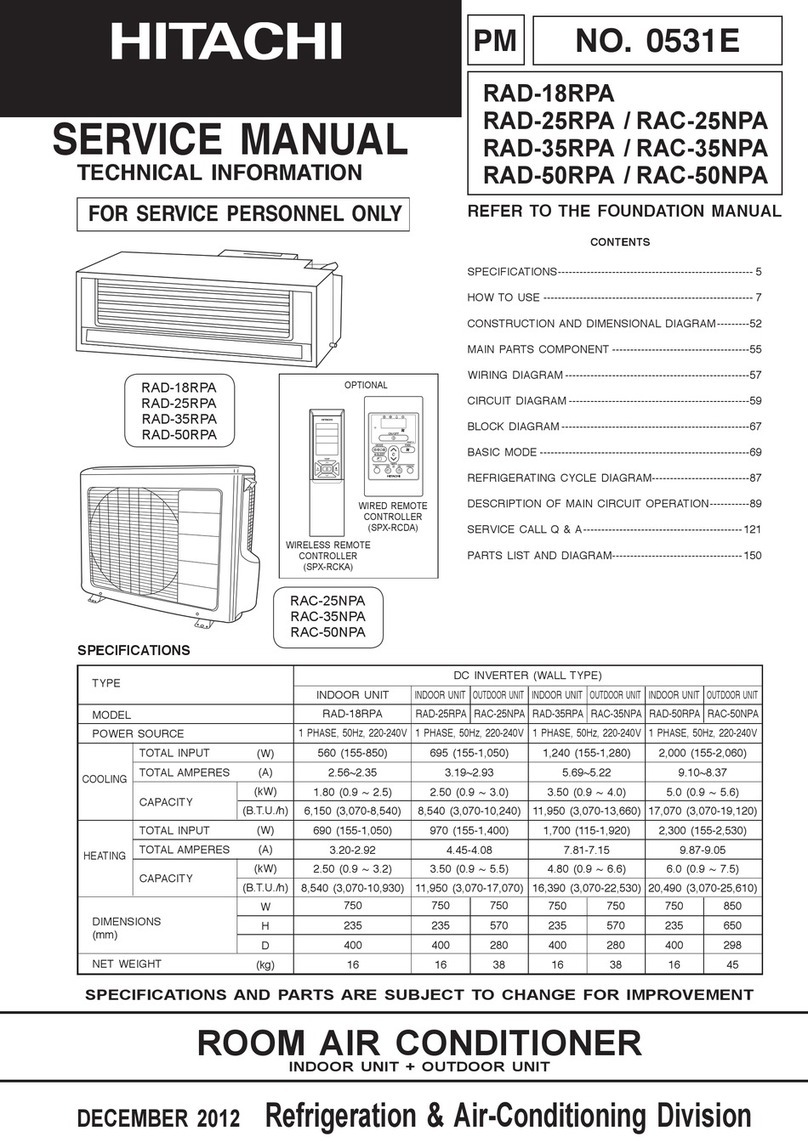
Hitachi
Hitachi RAD-25RPA User manual
Popular Air Conditioner manuals by other brands

Fujitsu
Fujitsu ASYG 09 LLCA installation manual

York
York HVHC 07-12DS Installation & owner's manual

Carrier
Carrier Fan Coil 42B Installation, operation and maintenance manual

intensity
intensity IDUFCI60KC-3 installation manual

Frigidaire
Frigidaire FAC064K7A2 Factory parts catalog

Sanyo
Sanyo KS2432 instruction manual

Mitsubishi Electric
Mitsubishi Electric PUHZ-RP50VHA4 Service manual

Panasonic
Panasonic CS-S18HKQ Service manual

Panasonic
Panasonic CS-E15NKE3 operating instructions

Gree
Gree GWH18TC-K3DNA1B/I Service manual

Friedrich
Friedrich ZoneAire Compact P08SA owner's manual

Daikin
Daikin R32 Split Series installation manual
